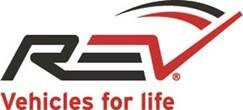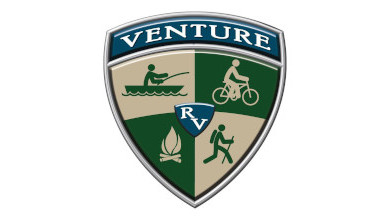REV Group Sees 2.6% Increase in First Quarter

REV Group has reported results for the three months ended Jan. 31, showing first quarter net sales of $532.1 million compared to $518.7 million in the prior year quarter. This represents an increase of 2.6 percent. The increase in net sales was primarily the result of higher fire and emergency and commercial segment net sales, partially offset by a decline in net sales in the recreation segment.
REV Group’s first quarter 2020 net loss was $9.4 million, compared to a net loss of $14.6 million in the first quarter 2019.
“Results reflect the anticipated headwind in our recreation segment, as well as an expected trough in the fire and emergency segment profitability,” said Tim Sullivan, CEO REV Group. “We are also excited to have added to our product portfolio of emergency response vehicles as we solidified our position as number one in the North American fire and emergency markets with the purchase of Spartan ER immediately following the first quarter 2020. REV Group is well positioned to capitalize on the synergy opportunities that we have identified in connection with the integration of Spartan ER, while continuing to execute operational improvements across the remainder of our fire and emergency segment.”
Recreation segment net sales were $166.8 million in the first quarter 2020, a decrease of $9.5 million, or 5.4 percent, from $176.3 million in the first quarter 2019. The decrease in net sales was primarily due to lower net sales attributable to REV’s Class A business and fewer towable unit sales, partially offset by higher Class B sales.
Recreation segment backlog at the end of the first quarter 2020 was $158.3 million, down 29.7 percent from $225.2 million at the end of the first quarter 2019, and consistent with the decrease in wholesale shipments experienced in fiscal year 2019 as dealers reduced inventory. However, first quarter 2020 orders increased 42.7 percent compared to the previous year quarter, resulting in a much stronger first quarter book to bill, primarily due to increased demand for Class A and Class B units, partially offset by lower towable orders.




